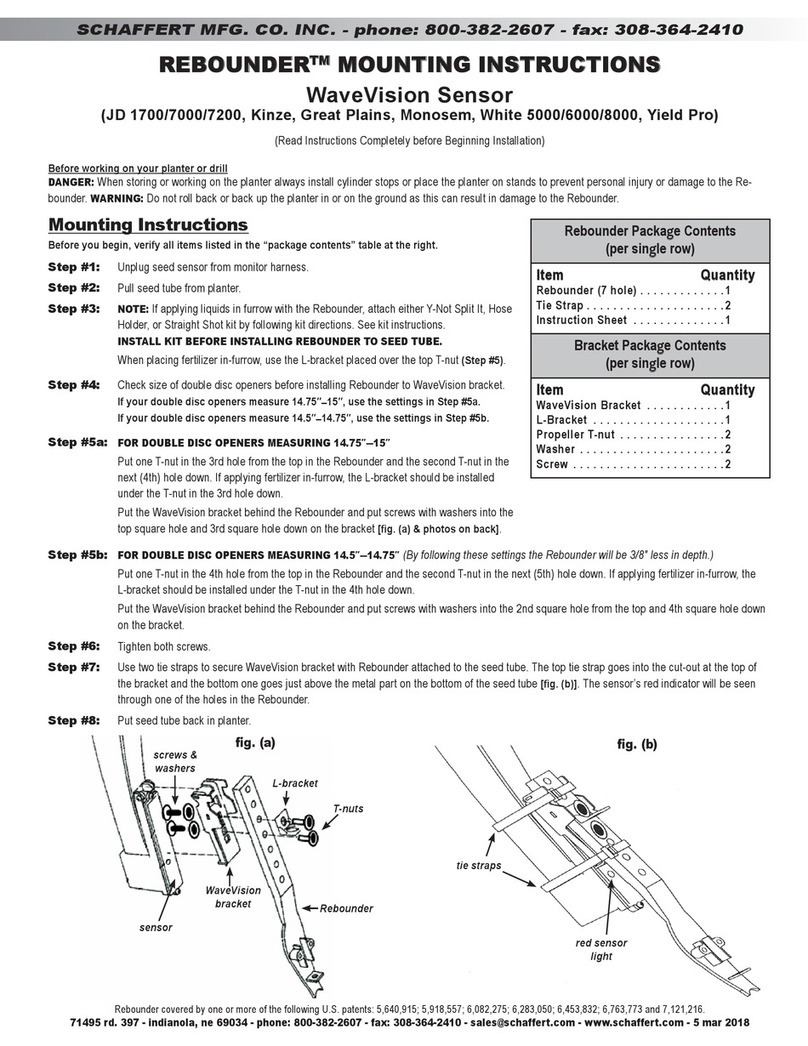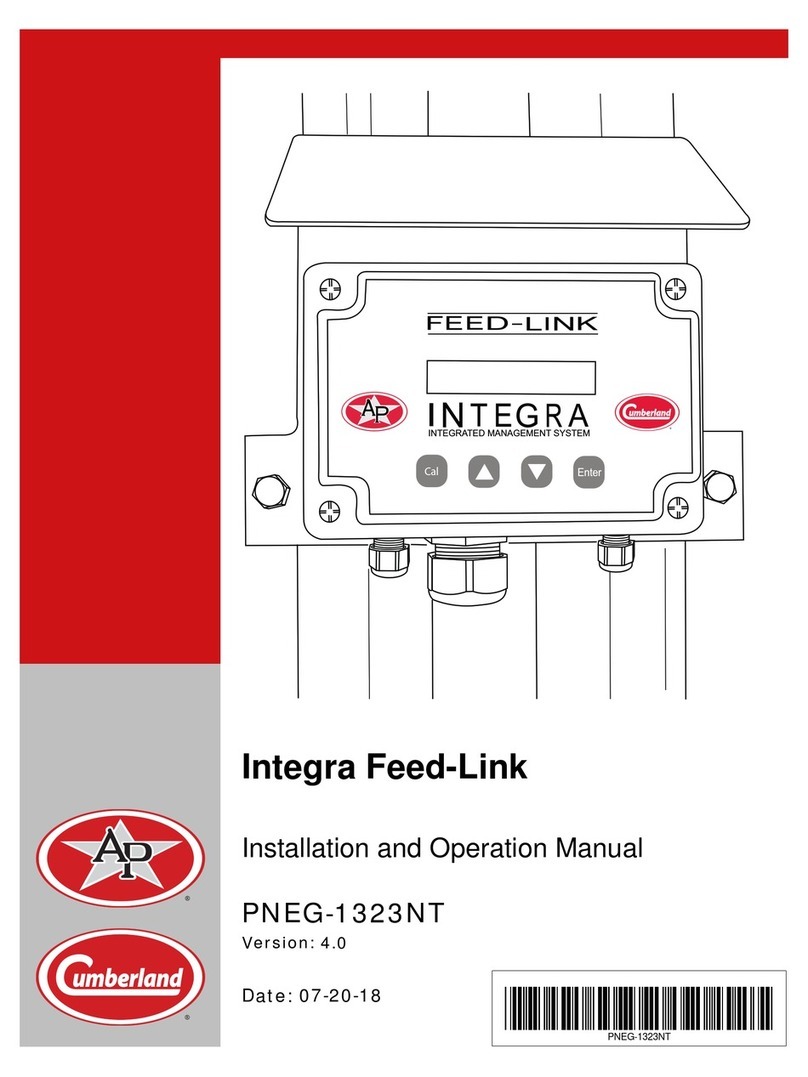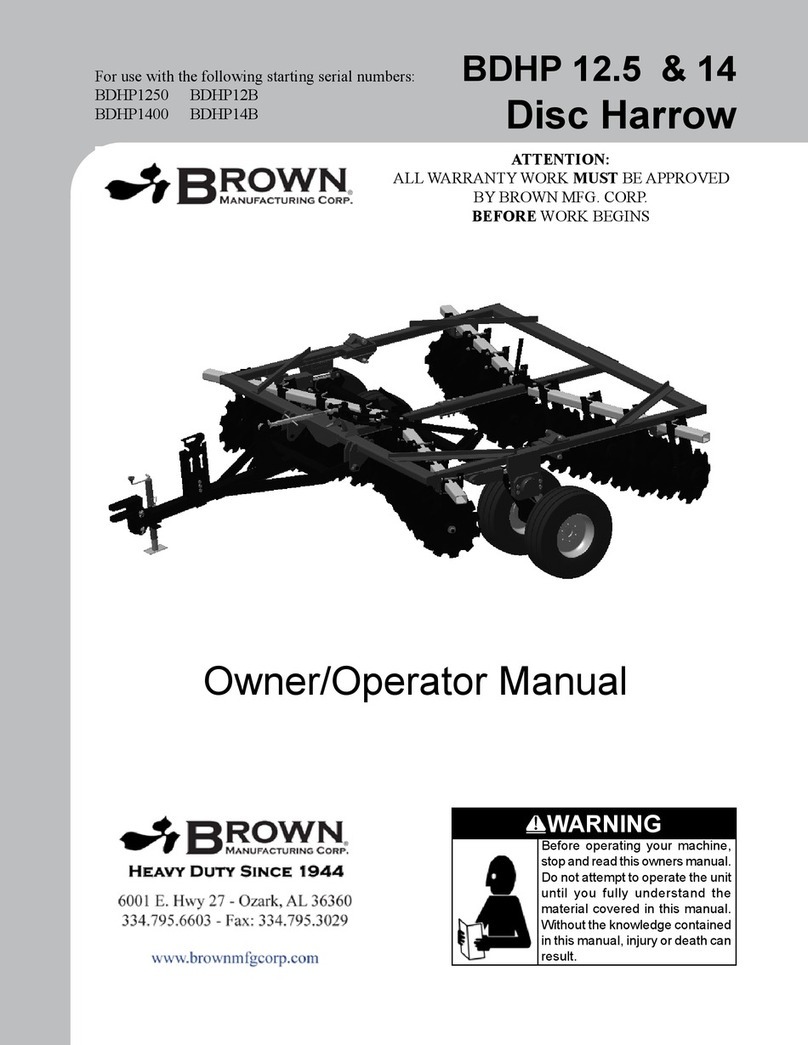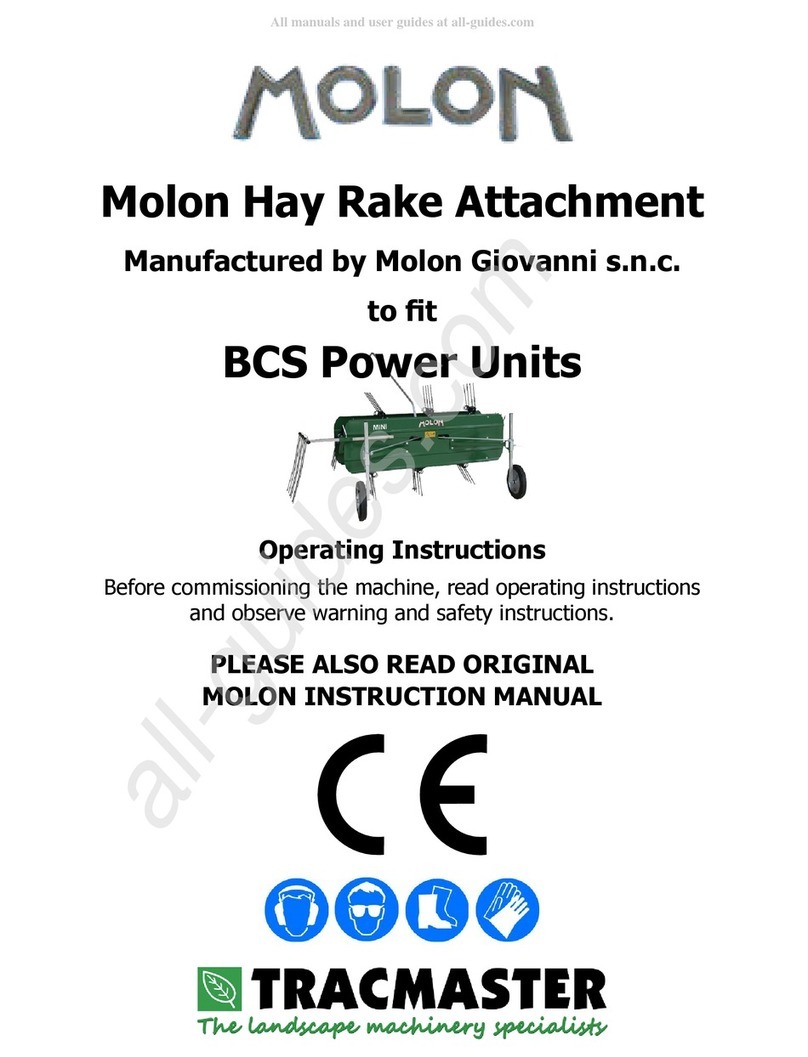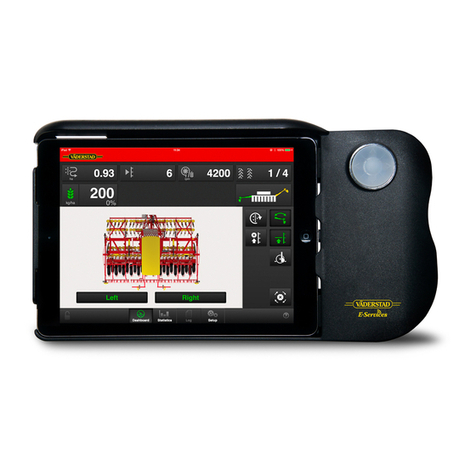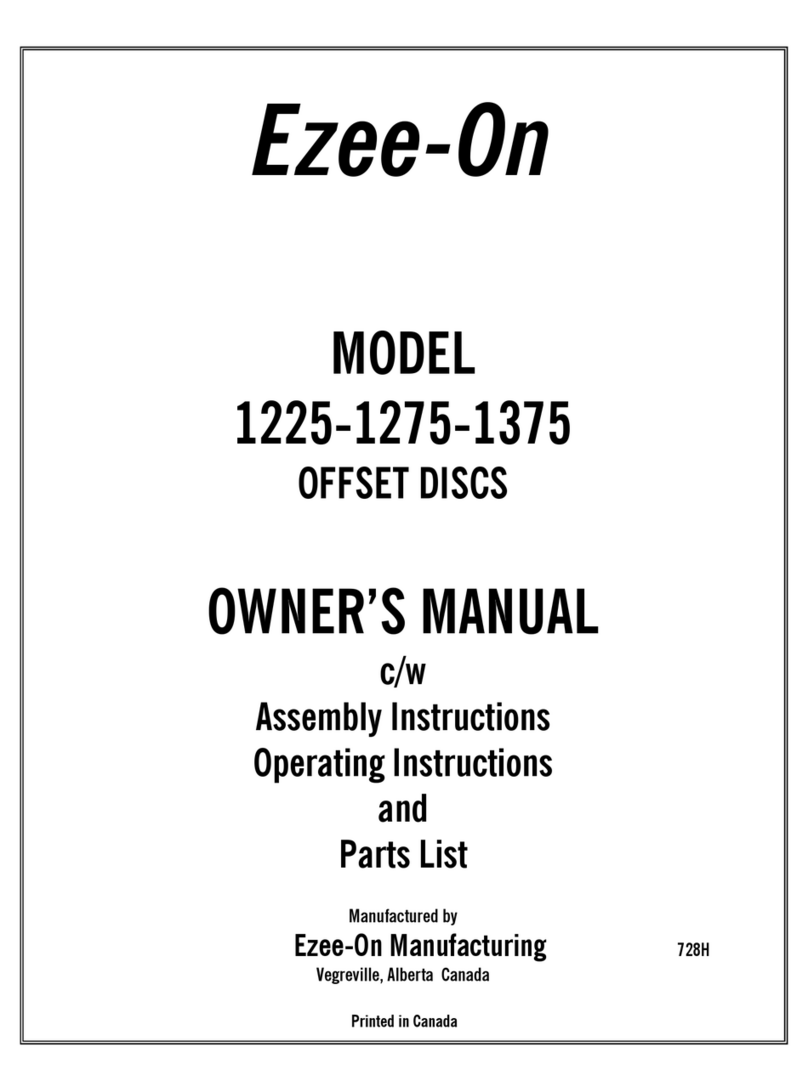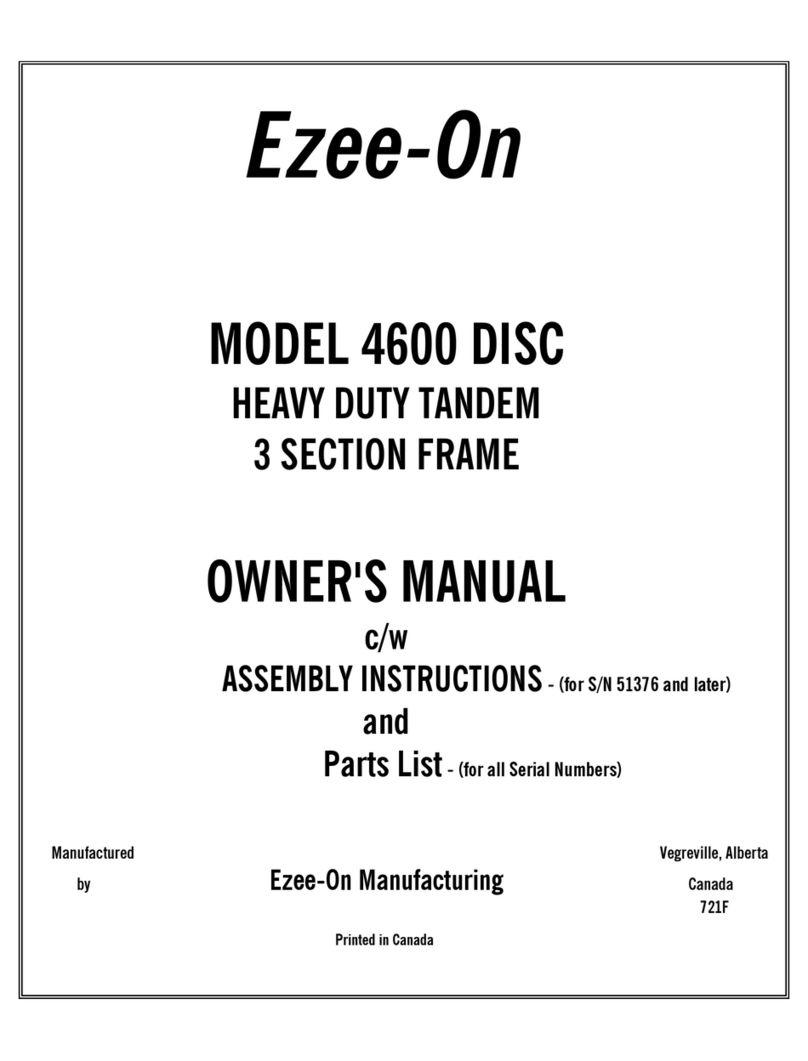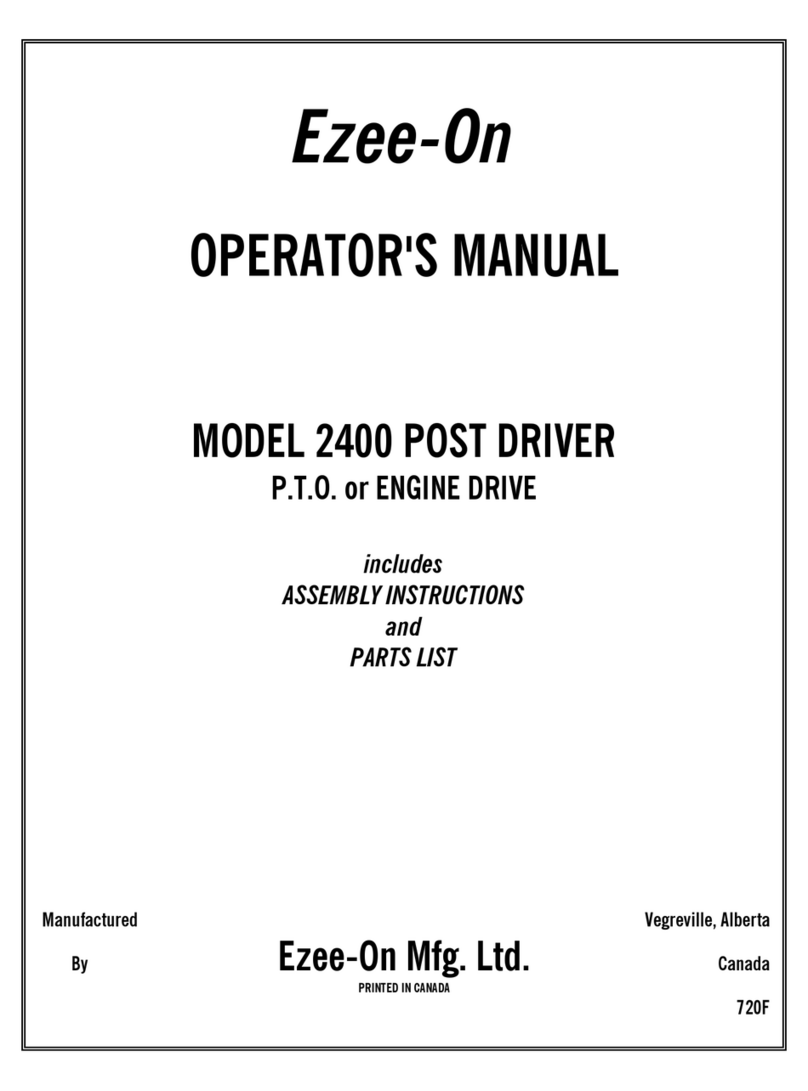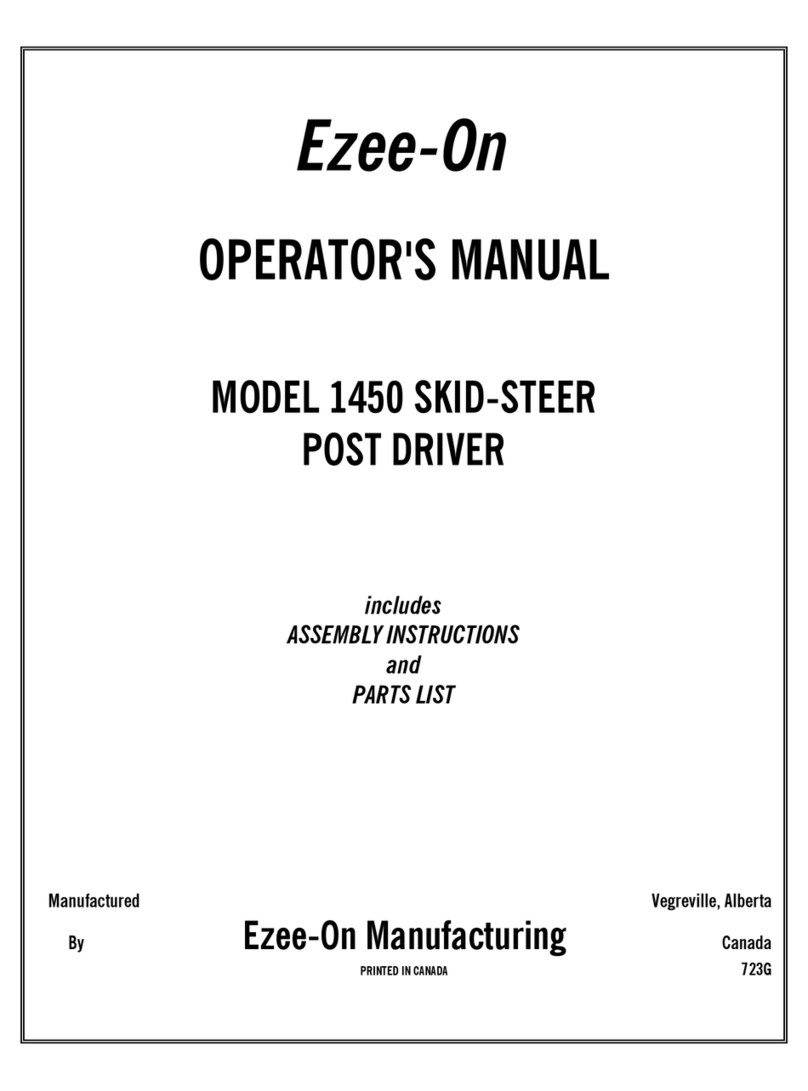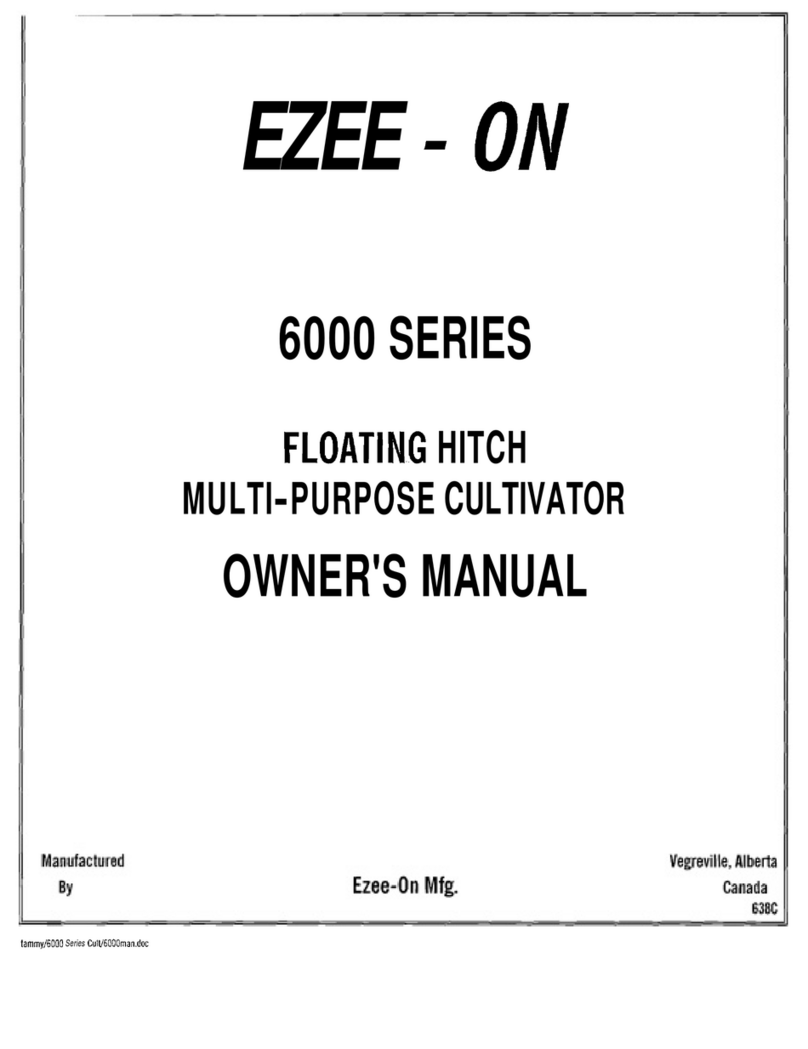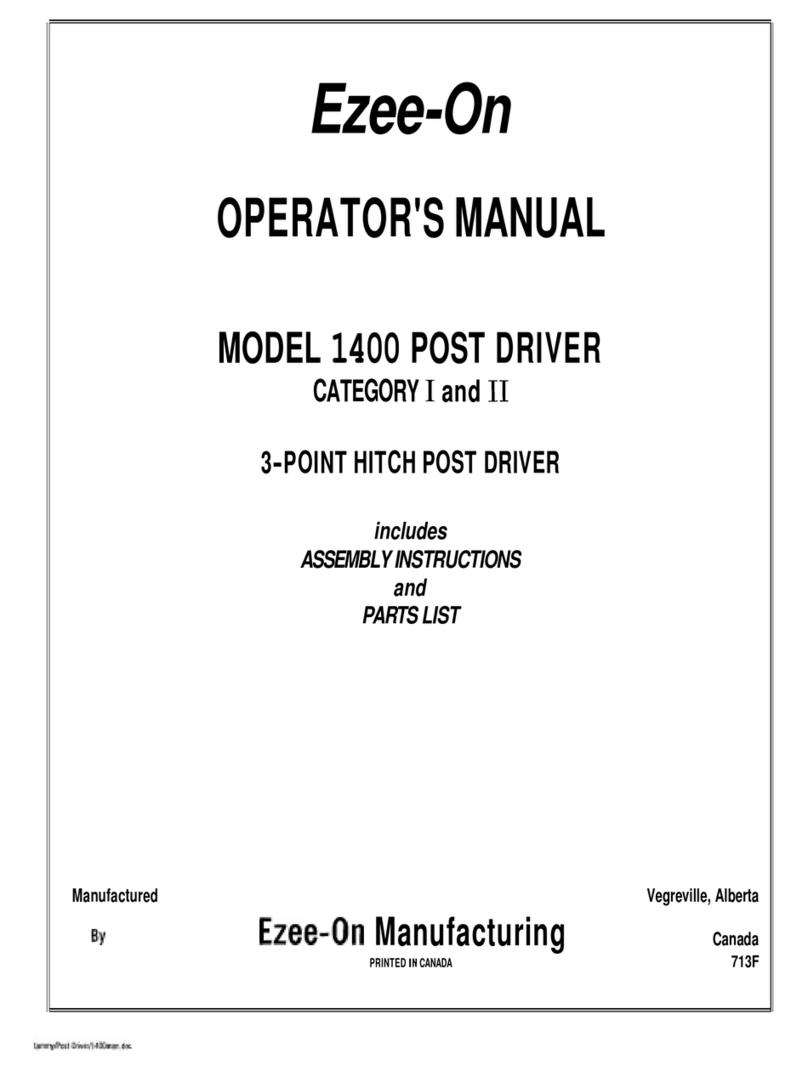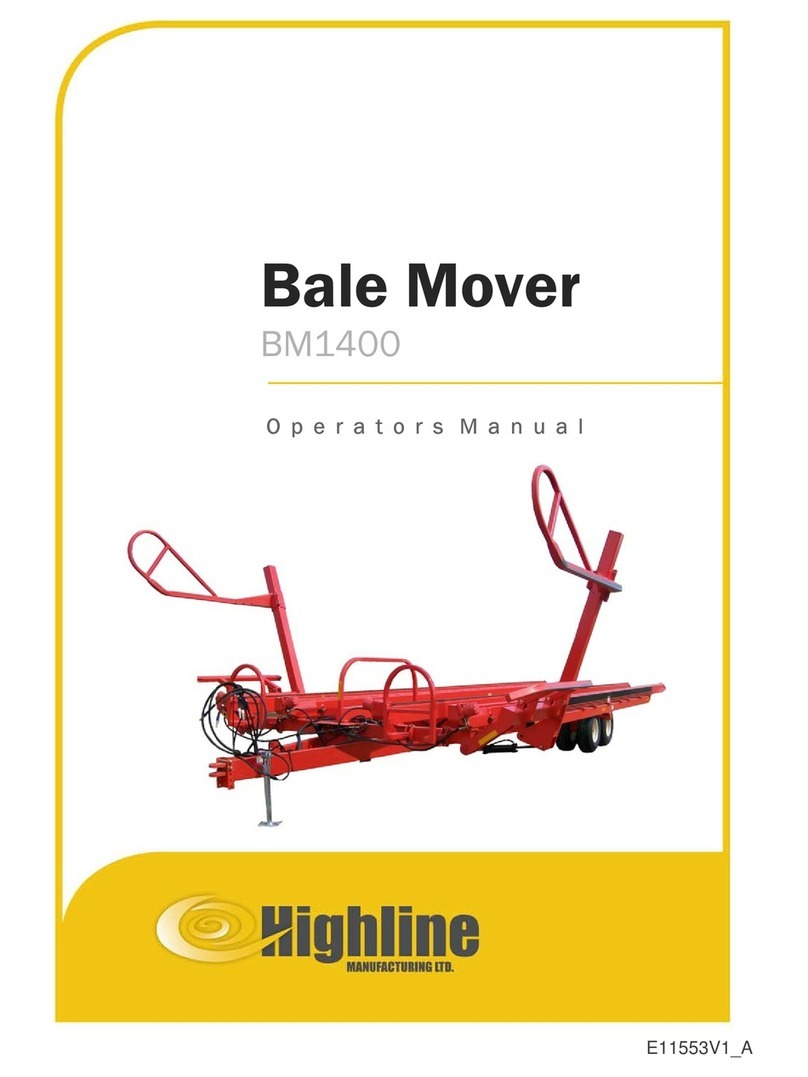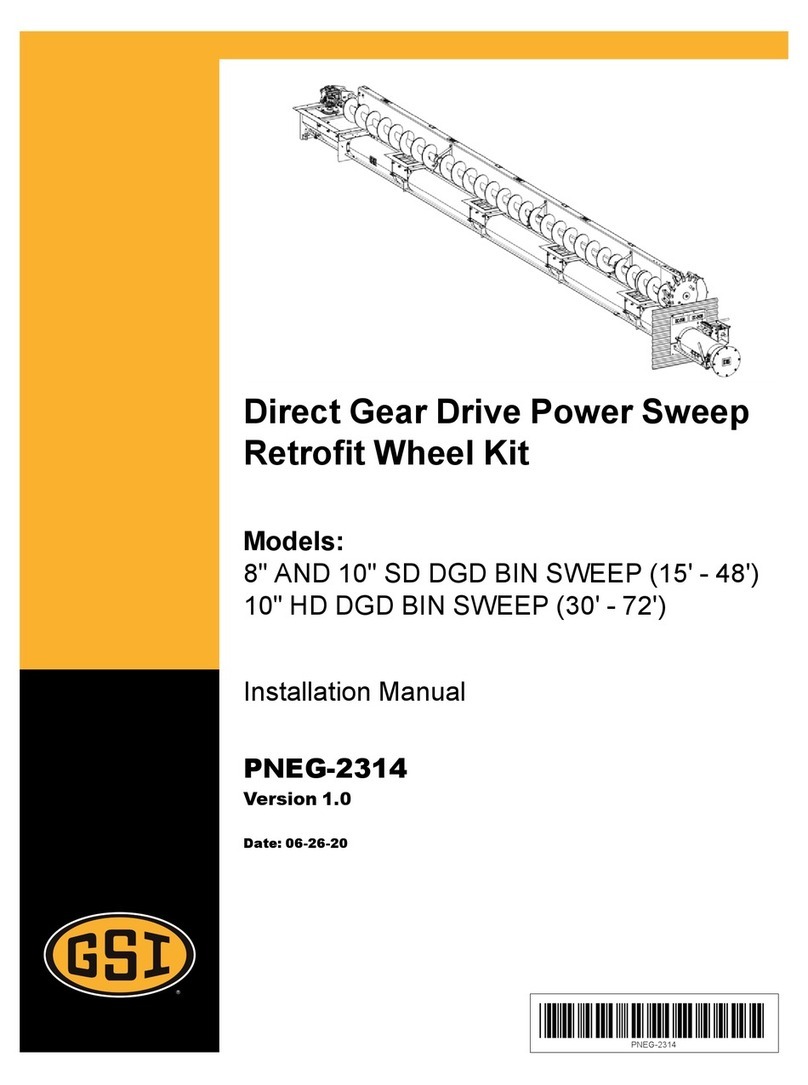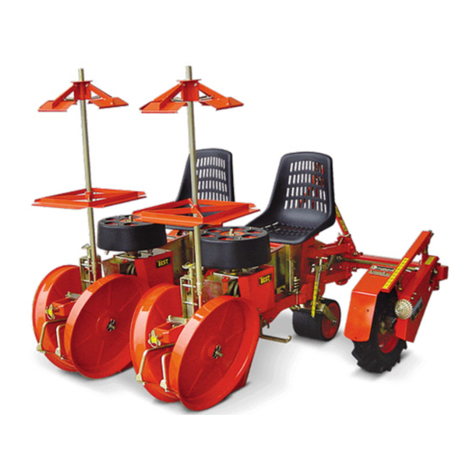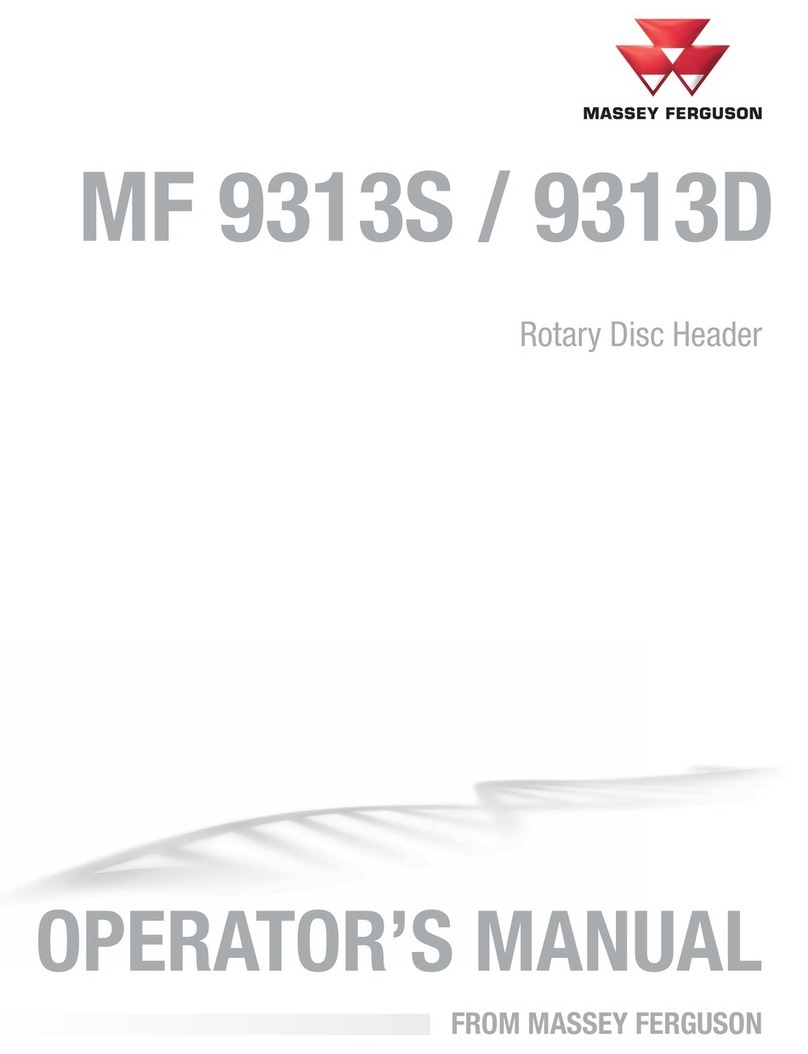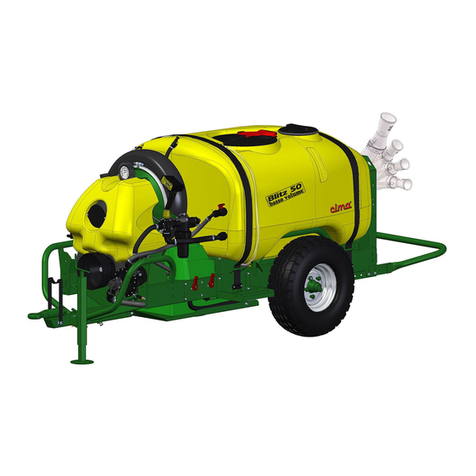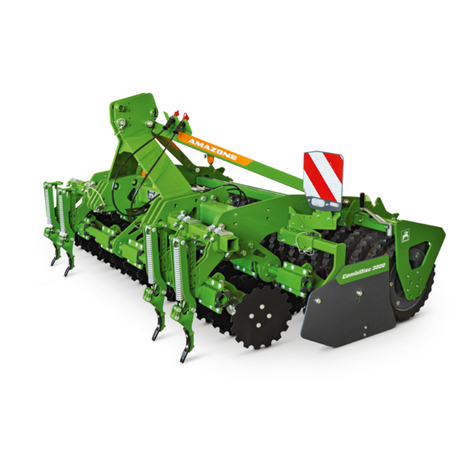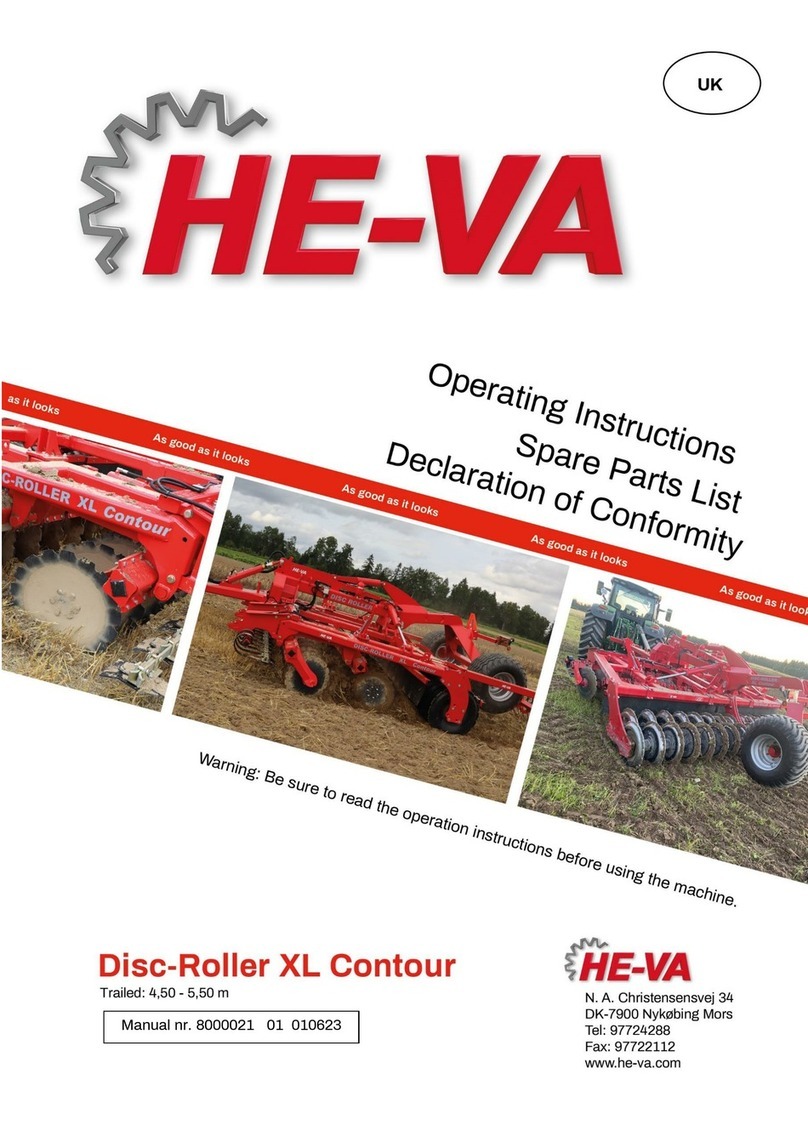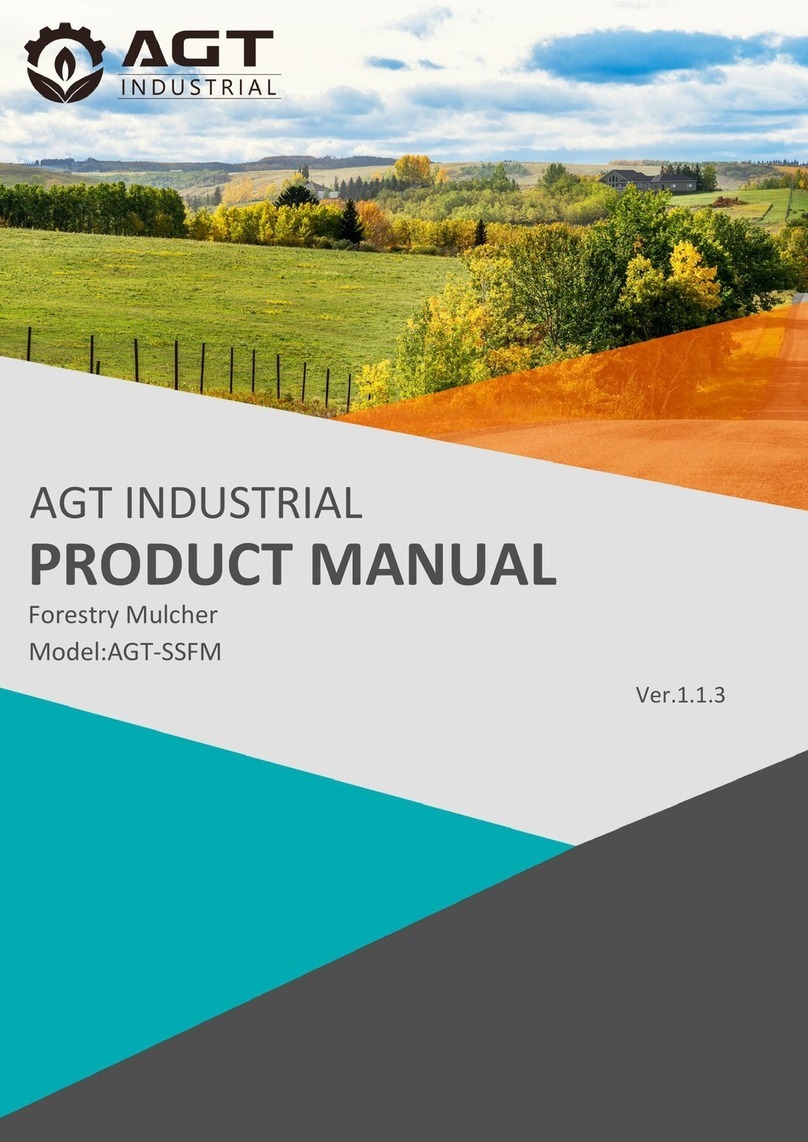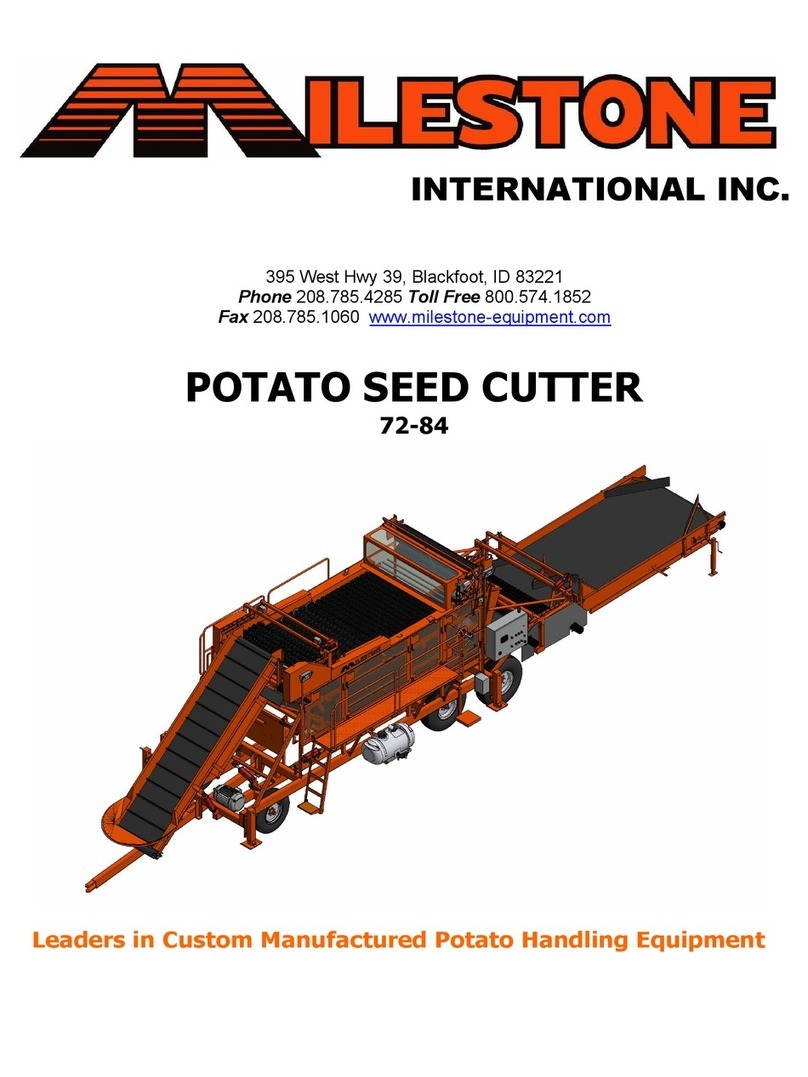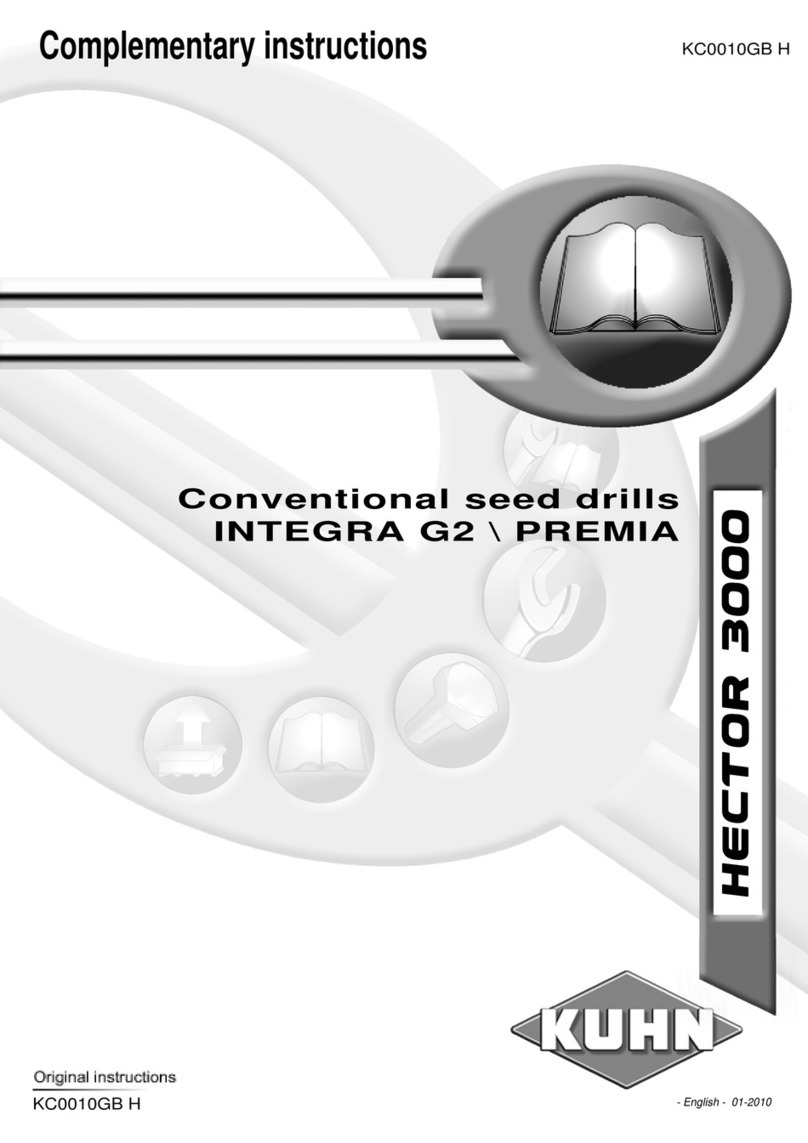
WARRANTY
EZEE-ON WARRANTY FOR AGRICULTURAL PRODUCTS
EZEE-ON warrants each item of new EZEE-ON equipment sold by it to be free from defects in material and workmanship under
recommended agricultural use. This warranty is void if equipment is used for other than agricultural purposes. The sole obligation of
EZEE-ON under this warranty is limited to the repair or replacement of those part(s) (F.O.B. EZEE-ON Factory) of the equipment which
EZEE-ON in its sole discretion, determines to have failed as a result of defects in material or workmanship occurring prior to the expiration
of one year ("Warranty Period") from delivery by EZEE-ON or its selling dealer ("Dealer") to the original purchaser ("Purchaser"). Such
defective part(s) will, at the option of EZEE-ON, be either repaired or replaced only to the Purchaser and must be effected by the selling
Dealer.
The Purchaser must, within the Warranty Period, give written notice to the Dealer, from whom the equipment was purchased, of
any claimed defect. The Dealer will have a reasonable time under the circumstances then existing, to repair or replace defective part(s).
This warranty shall not cover damage to any other part(s) of the equipment caused as a result of delay by the Purchaser to repair or
replace defective part(s). EZEE-ON's LIABILITY UNDER THIS WARRANTY SHALL BE LIMITED TO, AND IN NO CASE BE GREATER THAN, THE
COST OF THE REPAIR OR REPLACEMENT OF THE PART(S) COVERED. THIS WARRANTY SHALL SPECIFICALLY EXCLUDE ANY OTHER COSTS,
INCLUDING BUT NOT LIMITED TO, LOSS AND/OR DAMAGE TO CROPS, LOSS OF USE, LOSS OF PROFIT, REVENUE OR OTHER COMMERCIAL
LOSSES, INCONVENIENCE OR COST OF RENTAL OR REPLACEMENT EQUIPMENT, TRANSPORTATION EXPENSE TO AND FROM DEALER'S
PREMISES, SERVICE CALLS, NORMAL MAINTENANCE AND UPKEEP COSTS, OVERTIME LABOUR COSTS AND ANY AND ALL INJURIES,
CLAIMS OR SPECIAL INDIRECT OR CONSEQUENTIAL DAMAGE OR OTHER ECONOMIC LOSS. THE FOLLOWING ITEMS ARE SPECIFICALLY
EXCLUDED FROM WARRANTY:
ALL PRODUCTS - RUBBER TIRES AND TUBES, EXCLUSIVE OF PACKER WHEEL TIRES WHICH ARE
WARRANTED DIRECTLY BY AGENTS OF THE TIRE MANUFACTURERS.
CULTIVATORS/CHISEL PLOWS
AND AIR DRILLS - BENT SHANKS AND ALL GROUND ENGAGING TOOLS.
AIR SEEDERS - TANK PAINT IF DAMAGE IS CAUSED BY CHEMICAL AGENTS.
DISCS - DISC BLADES.
FRONT END LOADERS - BUCKET TEETH AND GRAPPLE TEETH.
MODIFICATIONS TO LOADER MOUNTS TO ADAPT TO CHANGES MADE BY TRACTOR
MANUFACTURERS IN TRACTOR DESIGN.
POST DRIVERS - ENGINE & ENGINE PARTS WHICH ARE WARRANTED DIRECTLY BY AGENTS OF THE
ENGINE MANUFACTURER.
This warranty applies only to new equipment, manufactured by EZEE-ON. This warranty does not cover damage caused to or by
any equipment, accessories or part(s) attached to or utilized in conjunction with EZEE-ON equipment. This warranty does not cover damage
caused as a result of attachment, modification and incorrect assembly or pre-delivery.
This warranty constitutes the only warranty and is in lieu of any other warranty expressed or implied. There is no warranty of
merchantability or of fitness for a particular purpose. No Dealer, salesman or agent has any authority to alter or amend this warranty.
TYPE OF EZEE-ON PRODUCT PURCHASED __________________________________________________
MODEL NUMBER __________________________________________________
SERIAL NUMBER __________________________________________________
This identification should be provided in all correspondence or communication with EZEE-ON regarding your Implement.
